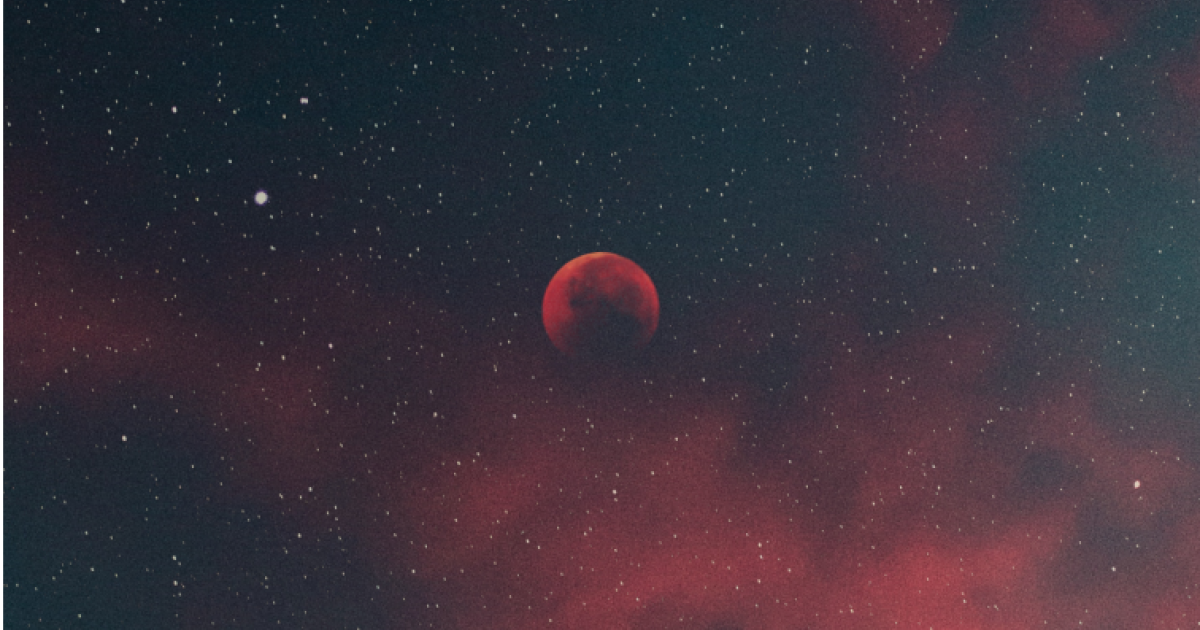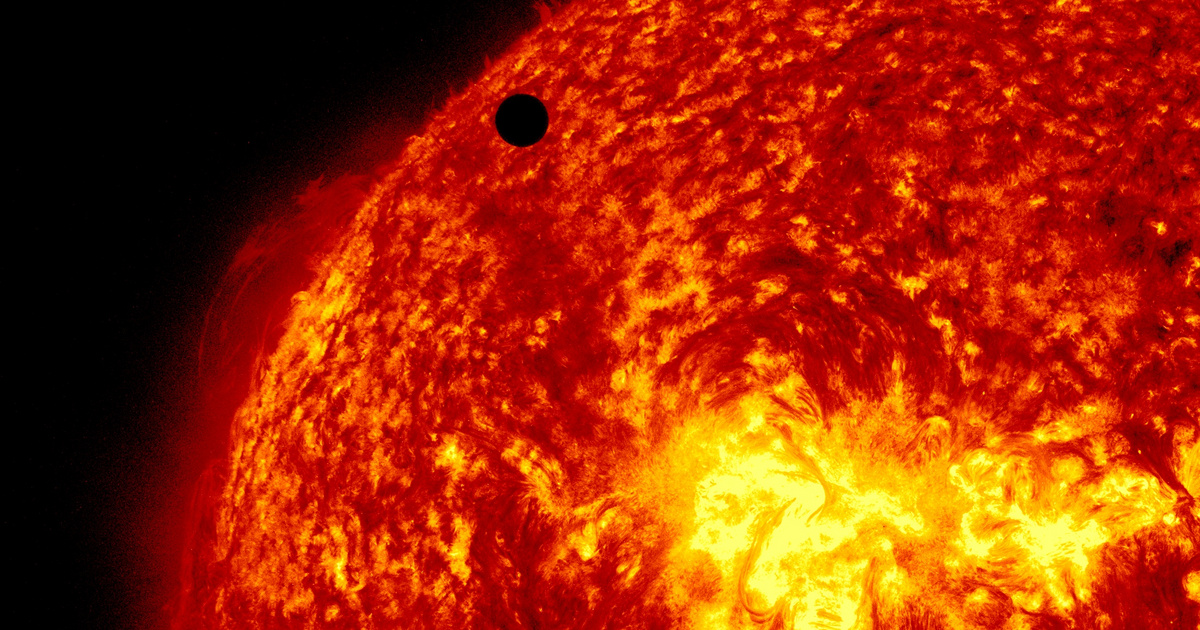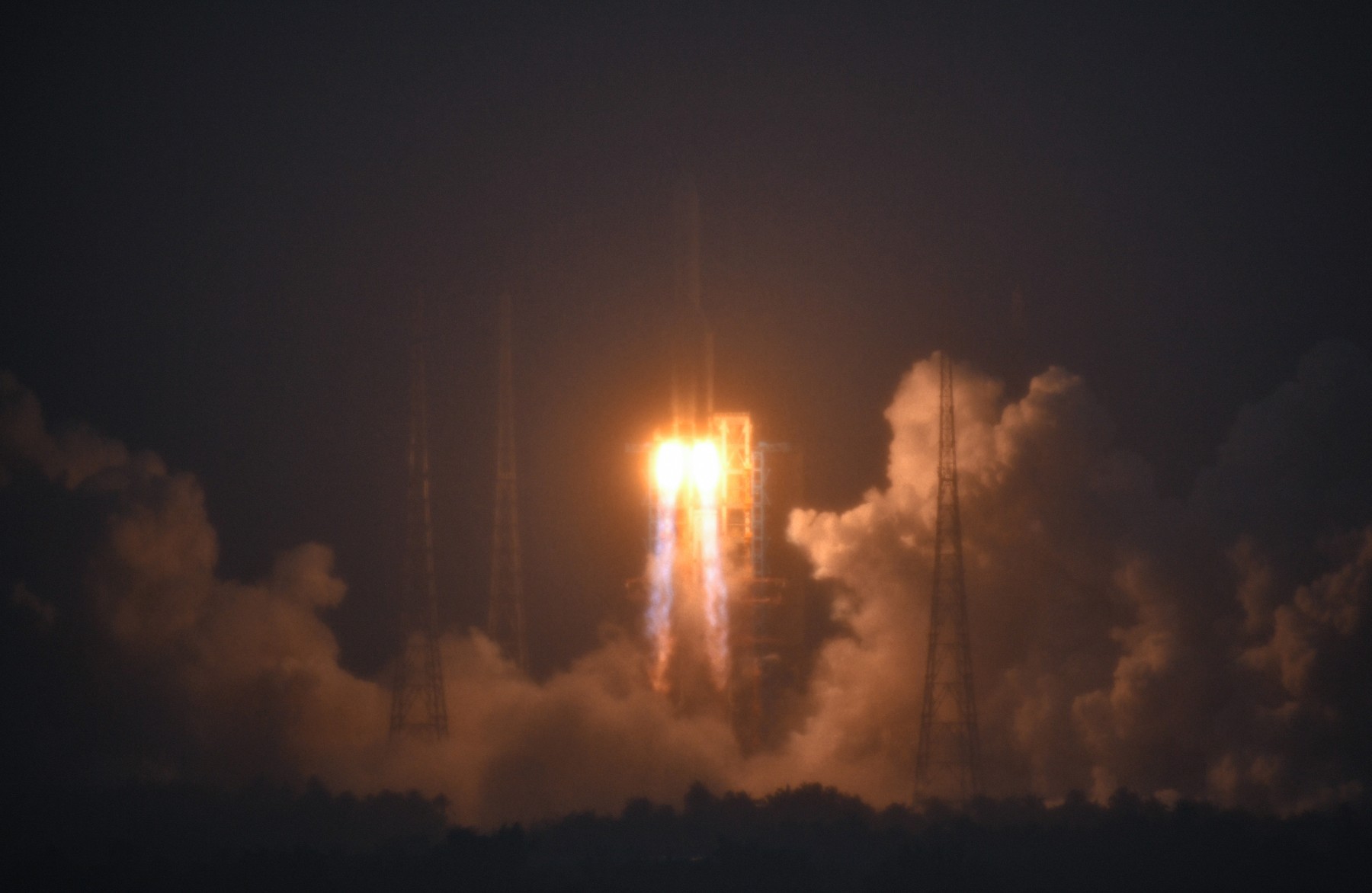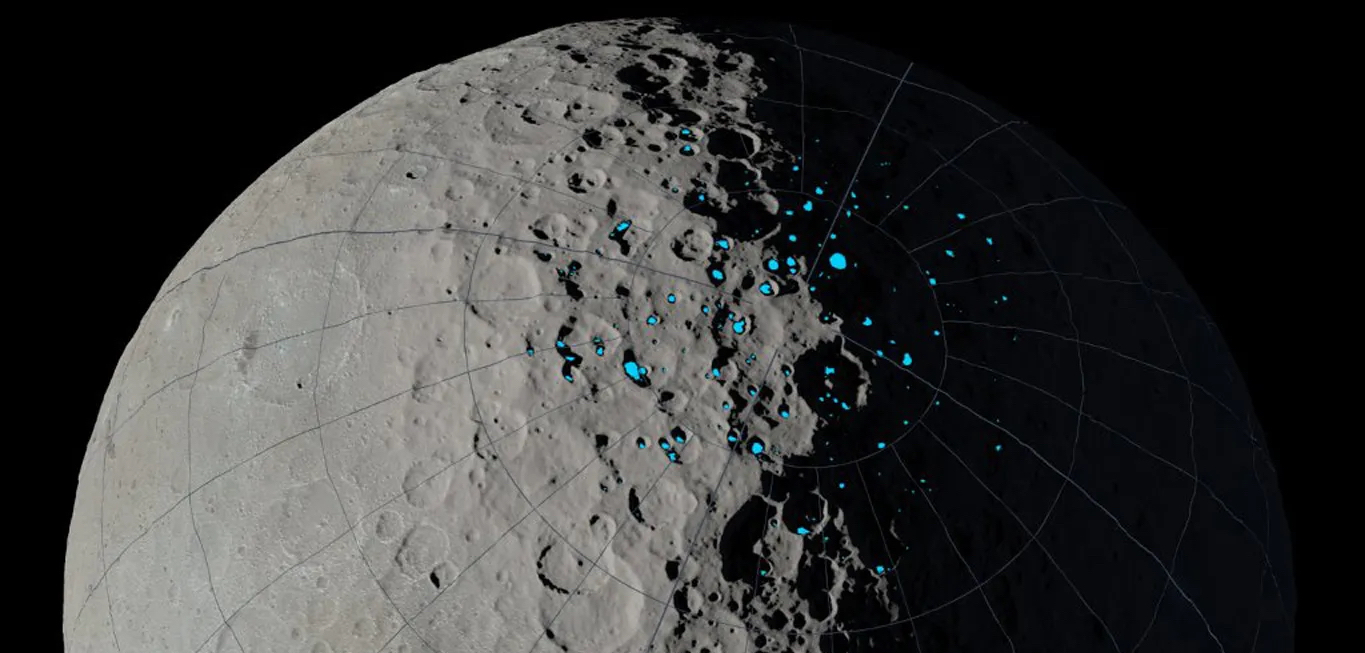In the spring of 2022 I exploded The news that NASA’s Hubble Space Telescope has found the most distant star that shone bright just a billion years after the Universe was created by the Big Bang. This is J.R.R. Tolkien’s record-breaking new work, Silmarils (the Lord of the Rings prequel) after one of his characters. Earendel (Morning Star) is so far away from us that it took 12.9 billion years for its light to reach Earth.
Due to the star’s large redshift of 6.2, its light can be seen more strongly in the infrared – the light of distant objects heading toward us is shifted towards longer, redder wavelengths, and this is the redshift. Until now, only star clusters found in early galaxies could be seen at this distance.
As the universe has expanded at an accelerated rate since the Big Bang, the star is now 28 billion light-years from Earth.
How did Hubble discover it?
The answer is gravitational lensing, the essence of which is that the curvature of space caused by massive objects bends the propagation of light transmitted in a near straight line, thus acting as a lens. Then Brian Welch, first author of the study, told Nature:
This star-containing galaxy has been magnified and distorted by a gravitational lensing effect, creating the Sunrise Arc Galaxy.
The infrared camera of the $10 billion James Webb Space Telescope revealed that the massive star has a B spectrum, which means it has a high temperature and a bluish-white colour. Our Sun is a G-type star with a temperature of about 5,500 degrees Celsius – the surface of Eärendel may be hellisher, more than twice as hot and about a million times brighter – books On August 9, NASA officials announced the new Eärendel observations in a statement.
Based on the colors of Earendel’s star, NASA astronomers hypothesize that it may have a cooler, redder companion star. This wouldn’t be a huge surprise, since most massive stars like Earendel are part of binary systems. In other words, it exists in a (minimum) binary star system where the mass gravitational pull of the two components can be determined during the relative motion of the stars.
James Webb has also identified a star-forming region in the galaxy that may be less than five million years old, and based on the images, there is also a gravitationally stable star cluster near Eärendel.
The discoveries opened up a whole new world of cosmos for astrophysicists and for scientists studying the early universe.
NASA officials wrote.
They hope to get closer over time to the first generations of stars, which formed from hydrogen and helium during the Big Bang. Based on James Webb’s performance, this isn’t unrealistic.











































